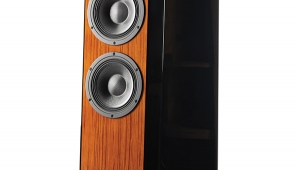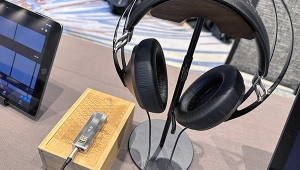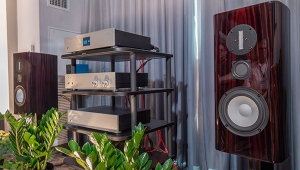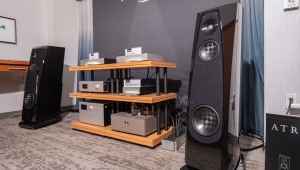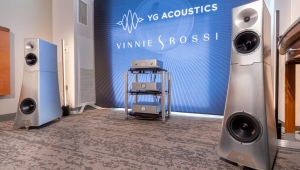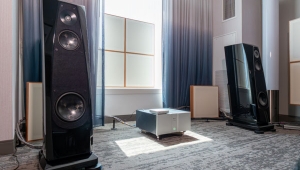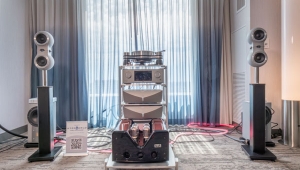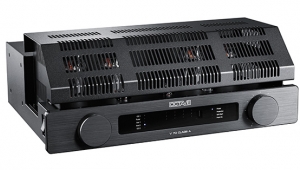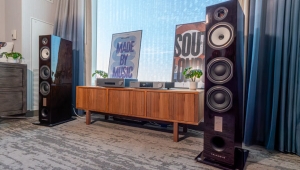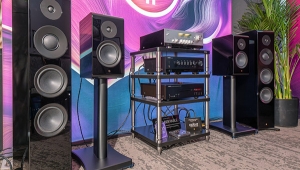| Columns Retired Columns & Blogs |
I never got to hear the model 3, but one day in 1977 or 78 I drove to Columbus OH to visit a shop that just got the Acoustat X. I remember that speaker very clearly, as it was the first full-range 'stat I'd heard that had satisfactory bass for pipe organ music. The demo music at that time was a version of the Bach T&F BWV 565, and it sounded quite good. I've been happy with many speakers that roll off the bass below 50 hz, since recordings of tracker organs with their low-pressure pipes don't generally have the weight in the pedal notes that the "modern" organs have.

